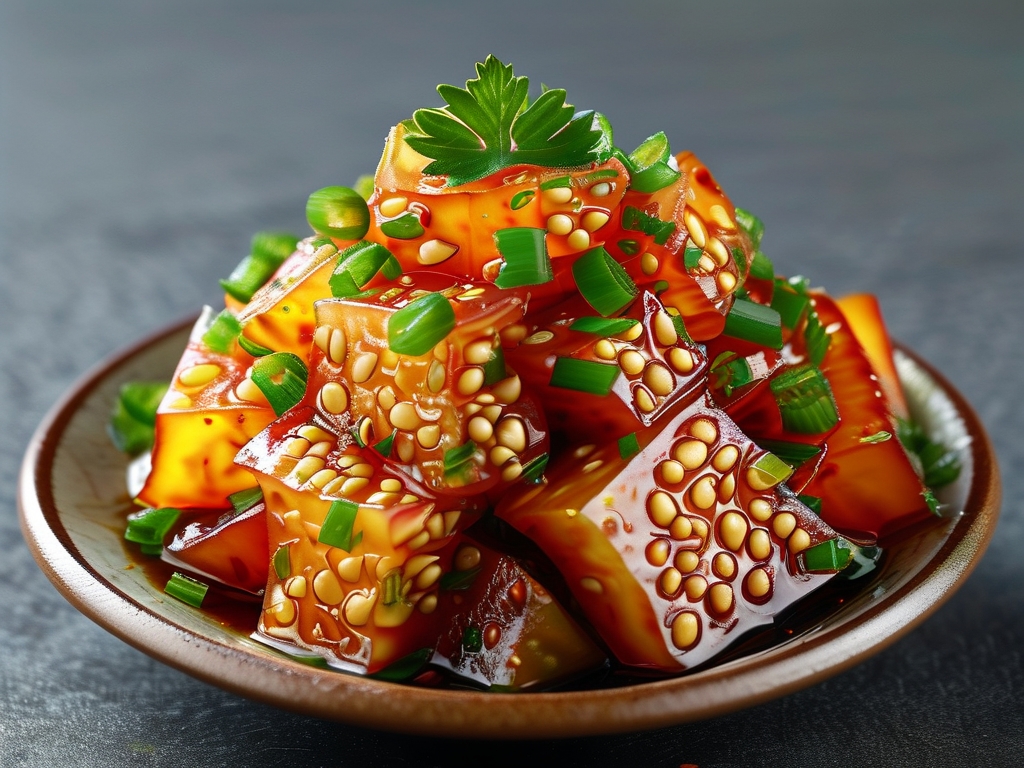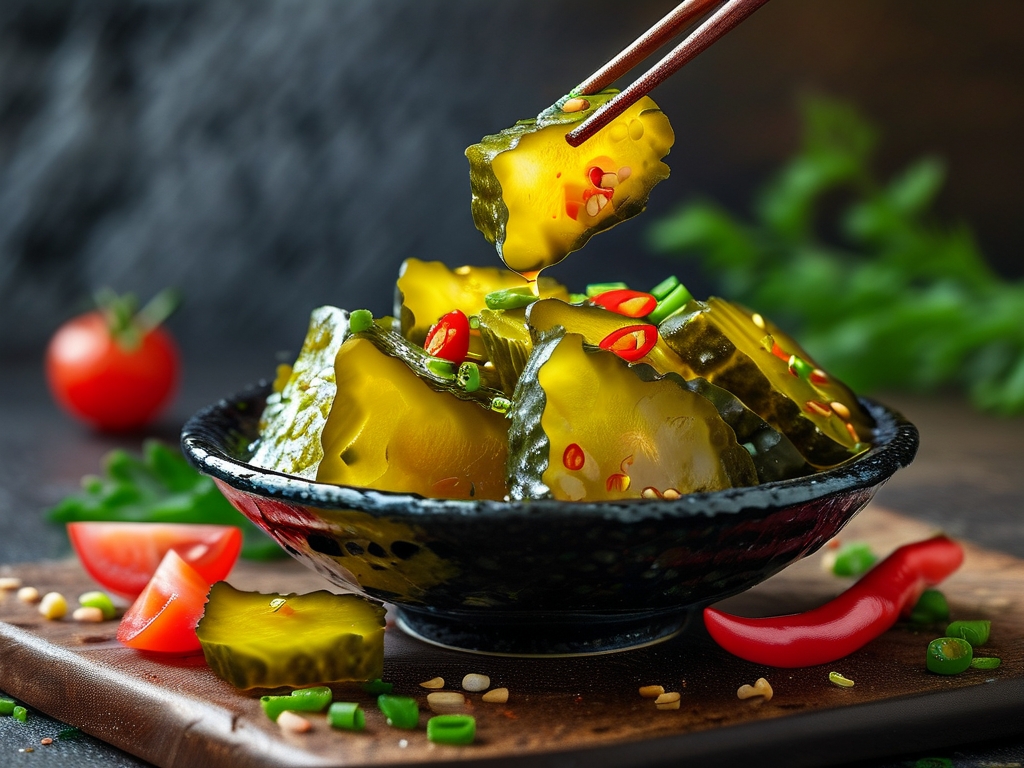In the bustling streets of Seoul, where centuries-old kimchi recipes pass through generations, an unexpected collaborator has emerged: artificial intelligence. The fusion of neural networks and traditional fermentation techniques is rewriting the rules of food science, offering a fascinating case study of how cutting-edge technology can preserve—and enhance—cultural heritage.
The Paradox of Precision in Imperfection
Kimchi-making has always been considered an art form, relying on sensory experience and intuition. Master fermenters judge readiness by the subtle tang in the air, the slight softening of cabbage leaves, and the evolving hue of chili paste. Yet this very subjectivity creates challenges in mass production and quality control. Enter convolutional neural networks (CNNs), now being trained to analyze microscopic changes in lactobacillus colonies through digital microscopy. A Busan-based startup recently demonstrated how their AI system predicts optimal fermentation stages with 94% accuracy by processing time-lapse images of kimchi samples under varying temperature conditions.

From Grandma's Recipe to Gradient Descent
Traditional fermentation parameters are getting a mathematical makeover. Researchers at Korea Food Research Institute have developed a hybrid model combining long short-term memory (LSTM) networks with sensor data from smart fermentation vats. By tracking real-time changes in pH levels, CO2 emissions, and texture elasticity, the system automatically adjusts ambient humidity and salt concentration. In a blind taste test, AI-optimized kimchi surprisingly outperformed human-made batches in achieving the prized balance of crunchiness and umami depth.
The Microbial Orchestra Conductor
Beneath the lid of a kimchi jar exists one of nature's most complex microbial ecosystems. Metagenomic sequencing reveals over 900 bacterial species participating in the fermentation dance. Neural networks are now mapping these interactions through attention mechanisms originally designed for language processing. A groundbreaking study published in Nature Food showed how transformer models could predict flavor profiles by analyzing microbial succession patterns, effectively "translating" bacterial conversations into taste predictions.

Ethical Fermentation: Preserving Soul in the Algorithm
Critics argue that quantifying tradition risks losing its essence. The response from tech-savvy kimchi masters has been pragmatic. "We're not replacing intuition," explains third-generation fermenter Lee Soo-jin, who collaborates with AI researchers. "The algorithms help us understand why certain ancestral techniques work, sometimes revealing scientific principles our ancestors knew instinctively." Her hybrid workshop features both hand-carved clay jars and IoT-enabled fermentation chambers, creating a dialogue between past and present.
Unexpected Cross-Pollination
The kimchi-AI synergy is sparking innovations beyond food tech. A Seoul National University team recently adapted their fermentation prediction model to optimize biofuel production. Meanwhile, generative adversarial networks (GANs) trained on kimchi flavor matrices are being used to design novel probiotic combinations for pharmaceutical applications. The humble Korean staple has become an unlikely testbed for bio-inspired computing architectures.
Challenges in the Brine
Not all experiments succeed. Early attempts to automate kimchi preparation using robotic arms resulted in cabbage damage rates exceeding 30%, proving that gentle handling matters as much as precise measurements. Another team's effort to create "personalized kimchi" through machine learning backfired when participants rejected algorithm-generated flavor combinations that technically matched their stated preferences but lacked emotional resonance.
The Future Jar
As quantum computing looms on the horizon, researchers speculate about modeling entire microbial universes in simulated environments. Could quantum neural networks eventually predict fermentation outcomes under climate change scenarios? Might blockchain-tracked kimchi become the new standard for food traceability? What remains clear is that this collision of neural networks and napa cabbage represents more than technological novelty—it's a blueprint for preserving cultural identity in the digital age.
In the end, the most profound lesson from neural network kimchi might be this: True intelligence, whether biological or artificial, thrives not through domination but through symbiotic collaboration. As we teach machines to understand the alchemy of lactic acid bacteria, we're simultaneously rediscovering the sophistication of traditional wisdom—a reminder that progress doesn't always move forward in straight lines, but often spirals back to deepen our appreciation of what came before.



